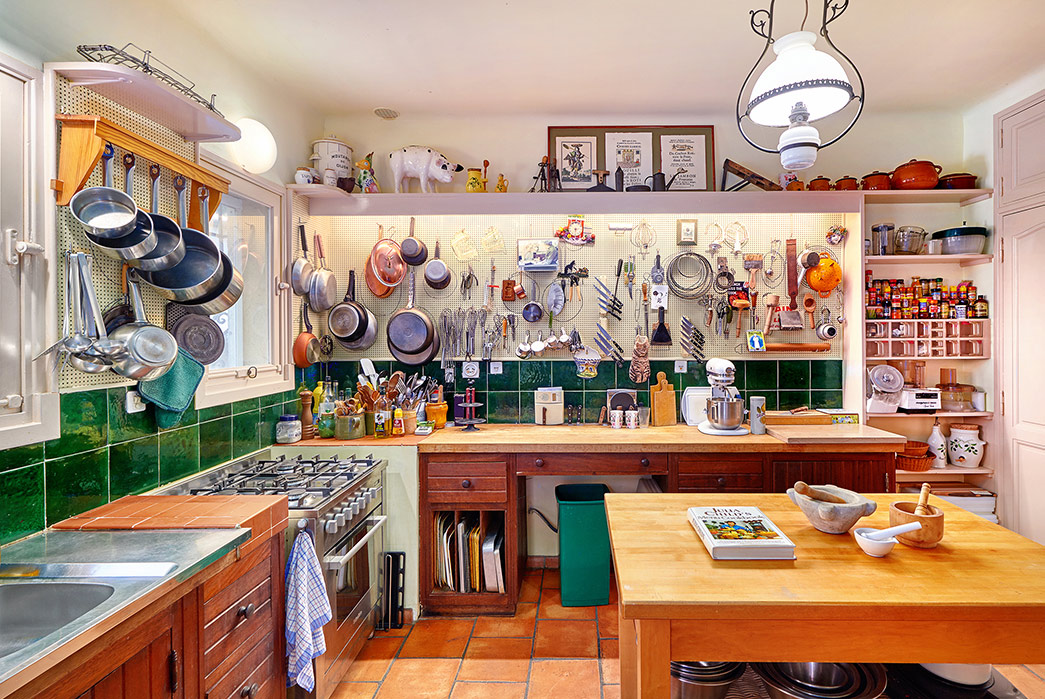For the second installment of our sustainability series, we’re bringing the subject back into the home. Specifically, we’re talking about the kitchen.
The term sustainable has no globally agreed definition. Every aspect of human life affects the planet in a different way, and ongoing research only places more question marks over what can be labeled as ‘sustainable’. In simple terms, when we refer to a product that is more ‘sustainable’, we’re accepting that it has less of an impact on the environment and the resources needed to make that product can be sustained at a reasonable rate.
What we’re looking to achieve in this series is an introduction to some of the products and lifestyle choices at our disposal which can limit unnecessary product consumption, make better use of the planet’s resources, and reduce harm to our environment. We all have a lot to learn, but by taking a few small, conscious steps, we may just end up walking the right way.
Stop Using Single-Use Plastics
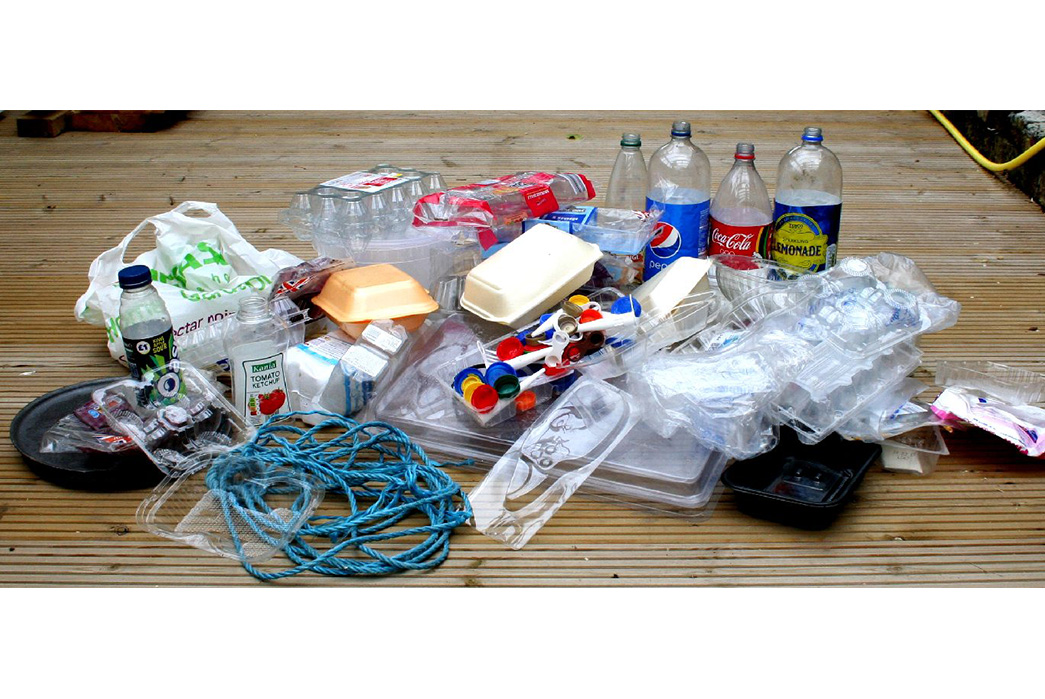
Image via Blue Growth
Single-use plastics, or disposable plastics, have been in the spotlight in the last few years and for good reason. It is claimed that 91% of plastic waste is not recycled and ends up in landfill sites or worse, the ocean. Additionally, most plastic does not biodegrade in any meaningful sense, meaning it will exist on the earth in some form for thousands of years to come.
Three statistics relating to modern plastic use:
- Virtually every piece of plastic ever made still exists in some shape or form, with the exception of a small amount that has been incinerated.
- Approximately 500 million plastic straws are used every day in America, enough to circle the Earth twice.
- 8 Million metric tons of plastic ends up in our oceans each year. Source: Science Advances.
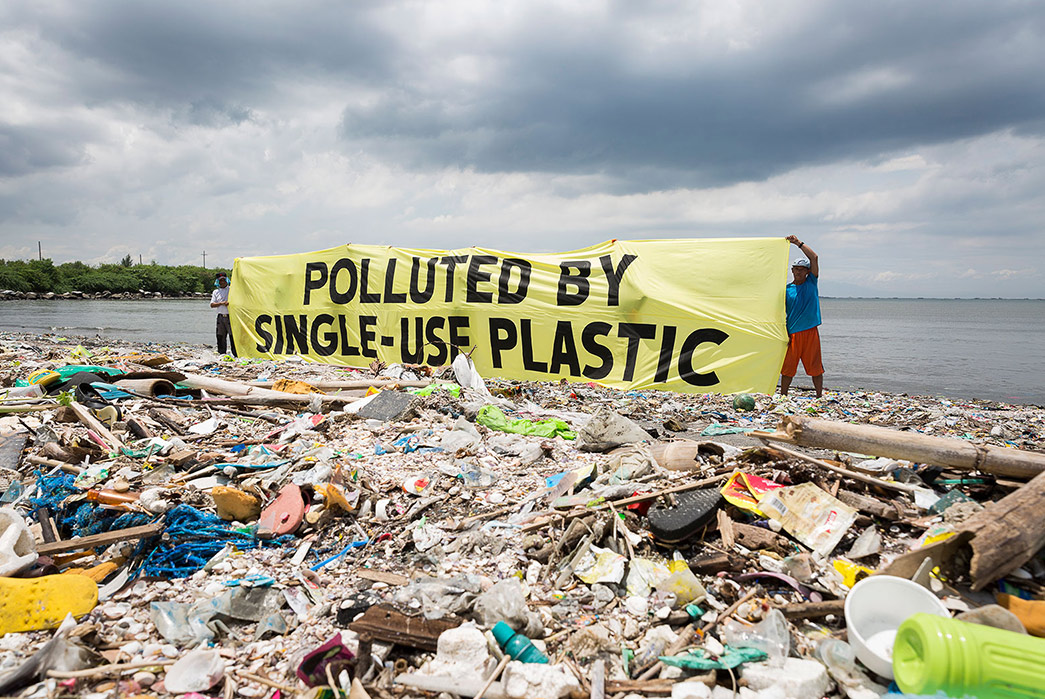
Image via Blue Docs
- Fruit & vegetable packaging – There is simply no need for fruit or vegetables to be packaged in plastic. Buy your fruit and veg from a grocery store where they can be purchased loose and pack them in a paper or cotton bag.
- Other food packaging – Many food products that come in plastic containers could come in a glass jar or cardboard box. Shop for an alternative brand that uses recyclable packaging, or use a scoop-and-weigh store to rule out plastics completely by bringing your own containers.
- Plastic straws and cups – Coming in huge multi-packs, plastic straws and cups you often see at parties are common disposable plastics that can be substituted with recyclable paper alternatives. You can also purchase metal straws that can be used and cleaned time and time again.
- Plastic cutlery – Another kitchen item often found at parties or picnics, disposable plastic cutlery can be swapped for compostable wooden cutlery or recycled paper variants. Still, the obviously most sustainable cutlery is the everyday reusable metal silverware.
Start Composting
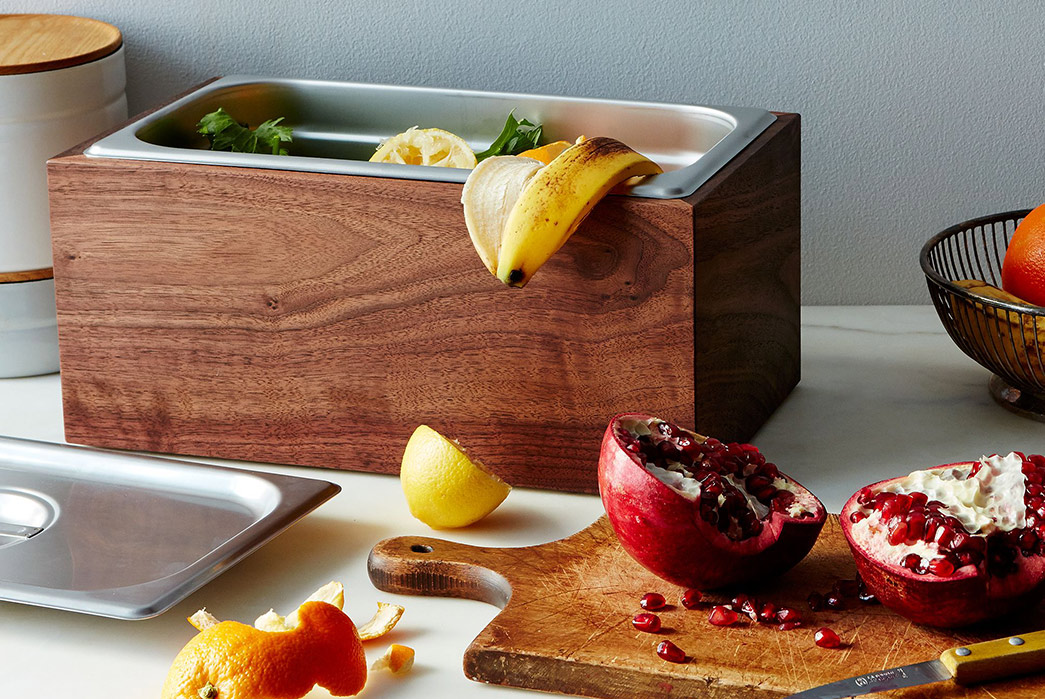
Cliff Spencer Wooden Countertop Compost Bin, available for $145-$175 from Food 52.
Food waste is a huge issue in the modern world. With people starving in developing countries, the way in which natural resources are wasted in developed countries is truly shocking. Here are some groundbreaking claims relating to food waste:
- Approximately 1.3 billion tons of food is wasted in the USA every year.
- Food waste generates approximately 3.3 billions tons of carbon dioxide which contributes towards global climate change.
- One-quarter of all wasted food could feed the 795 million undernourished people around the world who suffer from hunger and starvation. Source: FAO
Cooking produces a lot of food waste, much of which can be composted. Composting your food waste means that it will be put back into the earth, rather than being wasted and sent to a landfill site where it will rot and contribute to carbon dioxide and methane emissions. Compost is used to enrich the soil, helping retain moisture and suppress plant diseases and pests. As compost strengthens soil, it also reduces the need for chemical fertilizers which are known to contribute to groundwater contamination.
Grab yourself a compost bin and some compostable bin-liners. If your local refuse collection doesn’t include compost collection, you will be able to find a local service that will take your compost, or you can simply donate it to a garden or farm. If you have your own garden, you can utilize a large external compost bin and make your own natural fertilizer.
Reusable Food Storage
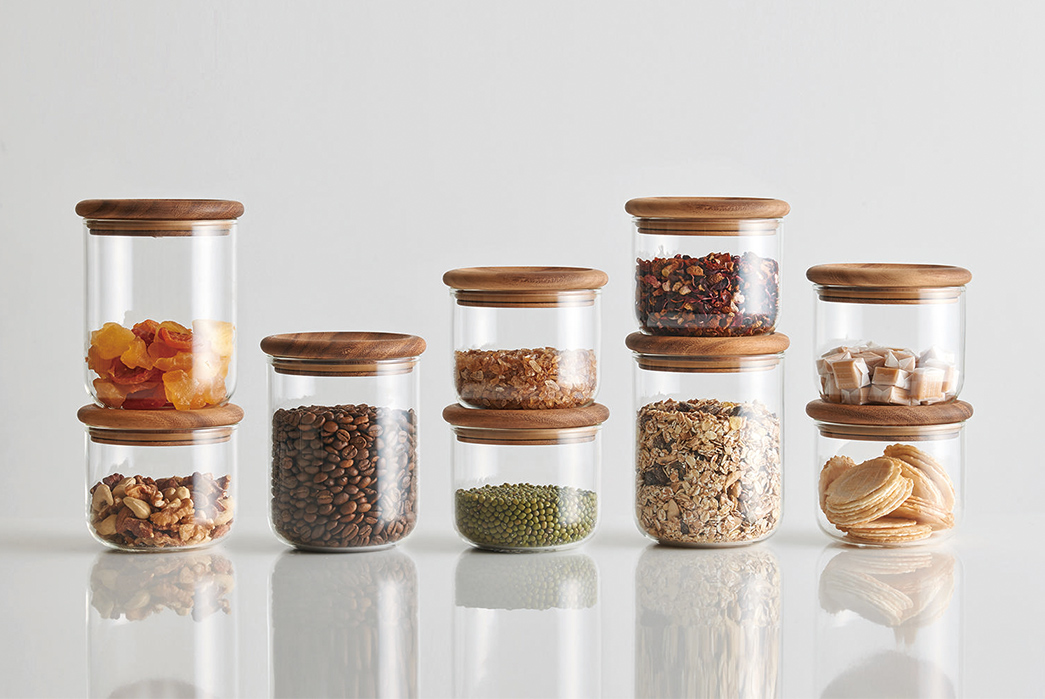
Baum Neu Glass & Wood Storage Canisters, available for $69.95 from Kaufmann Mercantile.
Traditional Tupperware food containers are not ‘single use’, however, they certainly don’t stand the test of time and are easily damaged. Once they are rendered useless, they, too, will end up in landfill sites. Glass containers will last much longer as they are resistant to stains, scrapes, and scratches, meaning less replacements and less disposable plastic. Most importantly, glass containers are mostly recyclable if they become damaged or need to be disposed of.
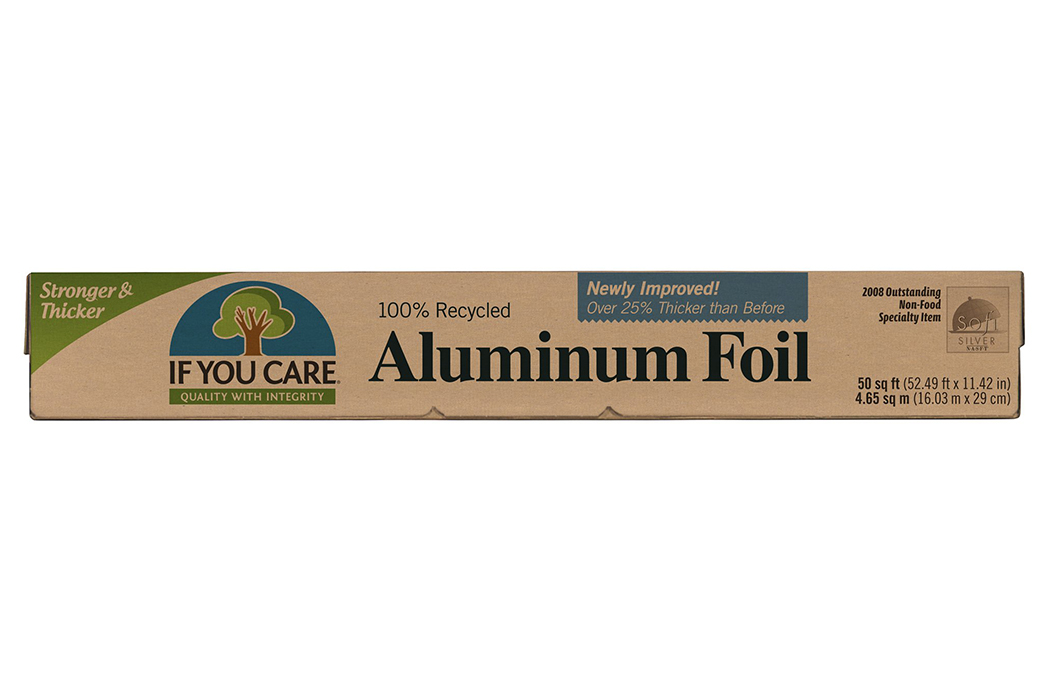
100% Recycled Aluminum Foil, available for $4.99 from If You Care.
Food wrapping materials such as plastic film, aluminum foil, and plastic sandwich bags are amongst the most commonly used kitchen items. Metal foil can be recycled, whereas plastic film—normally made from low-density polyethylene—is typically thrown out in the trash, which then goes to landfill sites. If the aforementioned glass containers aren’t for you, you can opt for more sustainable options such as re-usable sandwich bags or recycled aluminum foil. Though, a caveat with aluminum foil is that it’s harder to recycle than aluminum cans. Because most aluminum foil is used for food, it must be cleaned before its able to be recycled. And on top of that, not every recycling facility is equipped to recycle aluminum foil.
Cast Iron Cookware
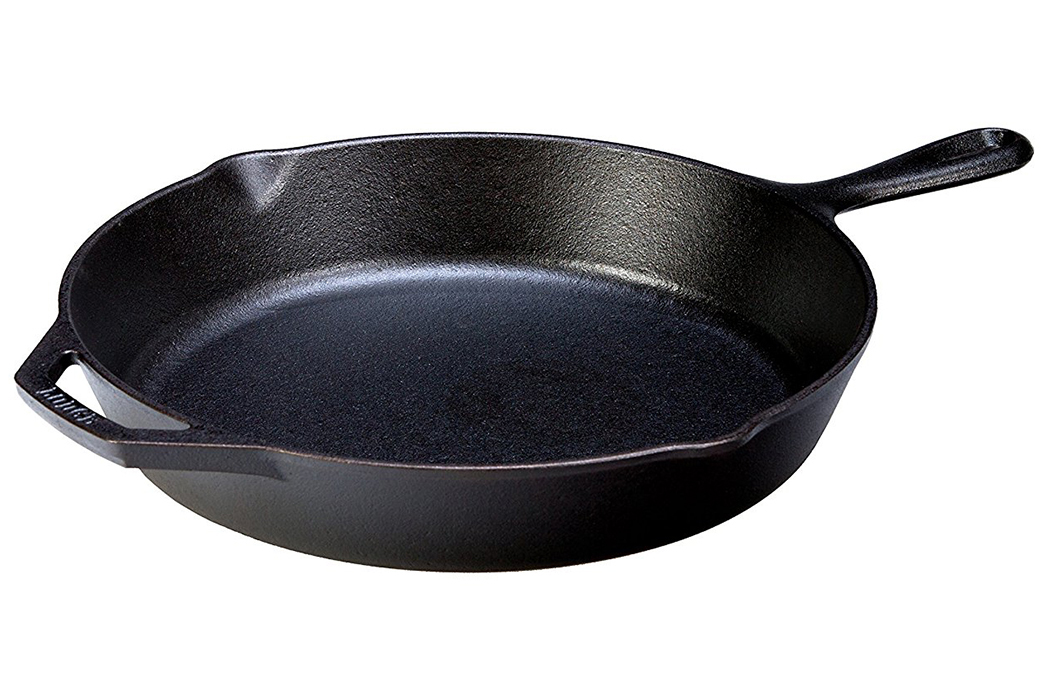
Lodge Cast Iron Skillet
As discussed in our article, Living More Sustainably: Clothing, one of the key aspects to buying anything sustainably is to invest your money in a product that will last much longer, thus reducing or even eliminating the need for a potential replacement. The same goes for pots and pans.
Most budget cookware will last you a few years tops, with features like plastic handles and making them un-recyclable. Cast iron cookware, however, will last you a lifetime if cared for properly. If everyone invested in a top-quality cast iron, there would be a much lower demand for the production of cookware and a lot less pans in landfill sites.
This list is not exhaustive. And future research will certainly yield better ways of living sustainably. As messy and complicated as living sustainably and with a conscious effort to preserve the earth in the midst of consumption, these are hopefully steps in the right direction.

